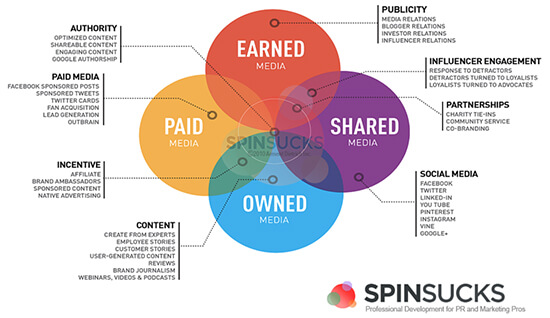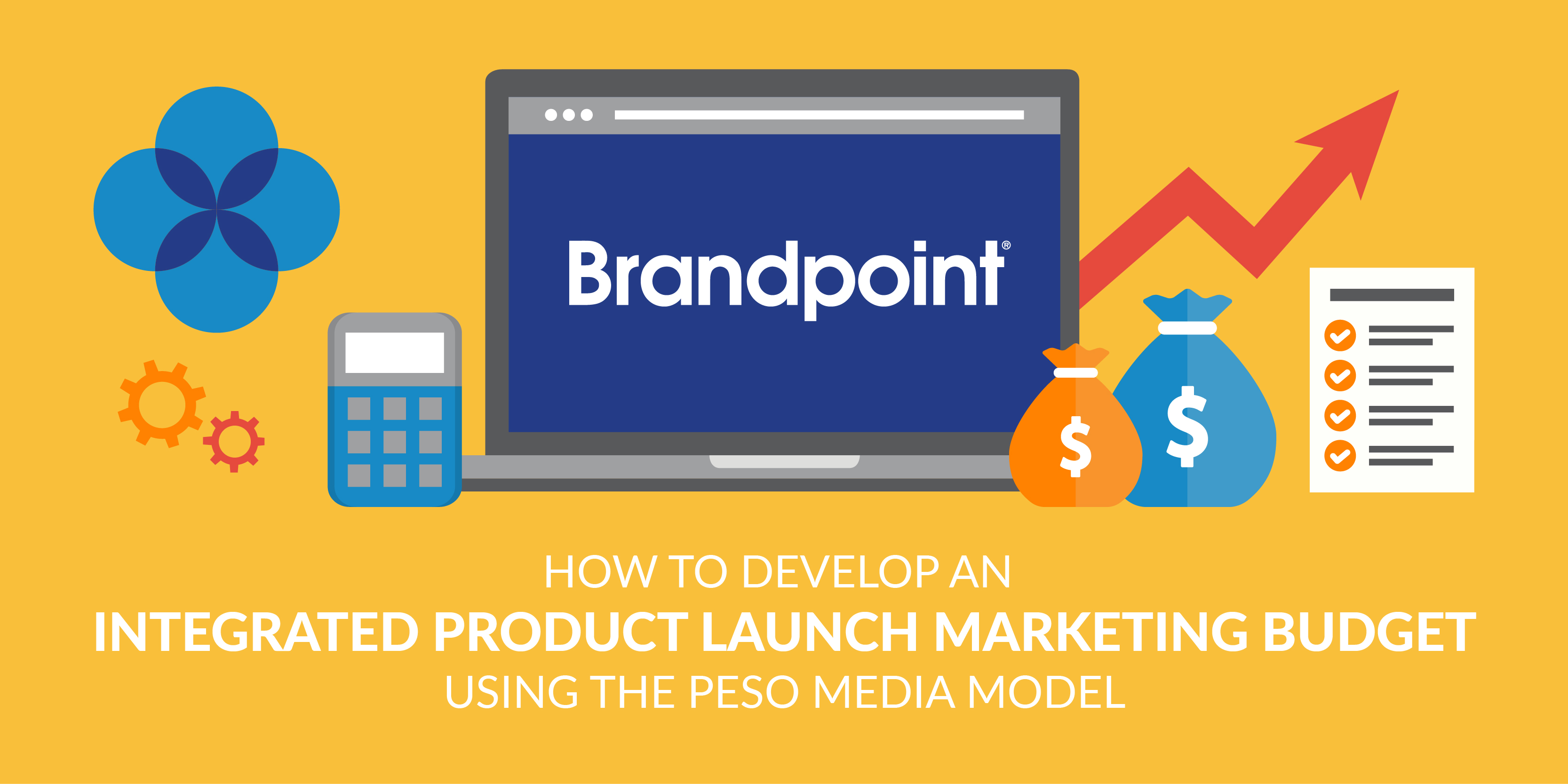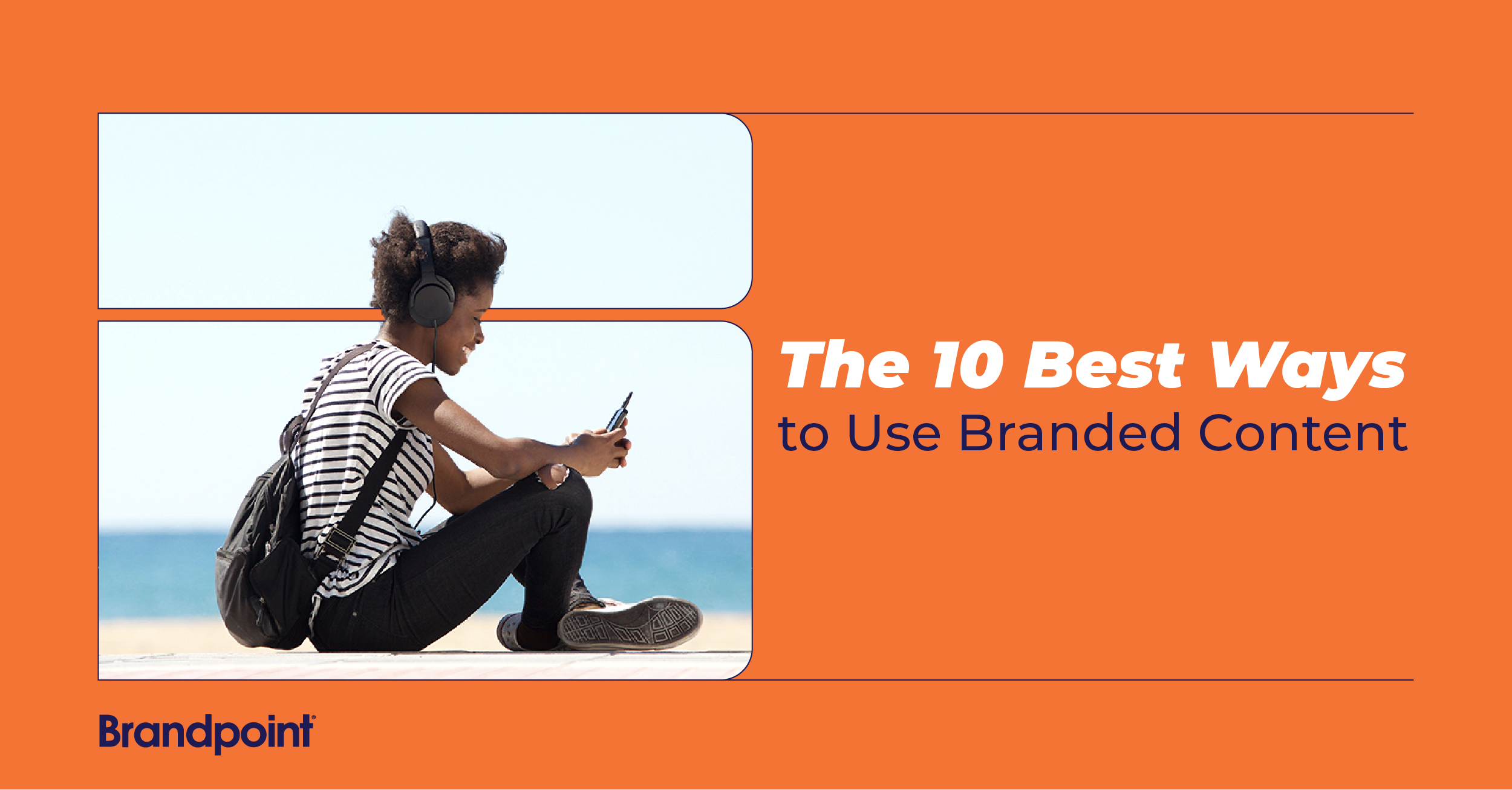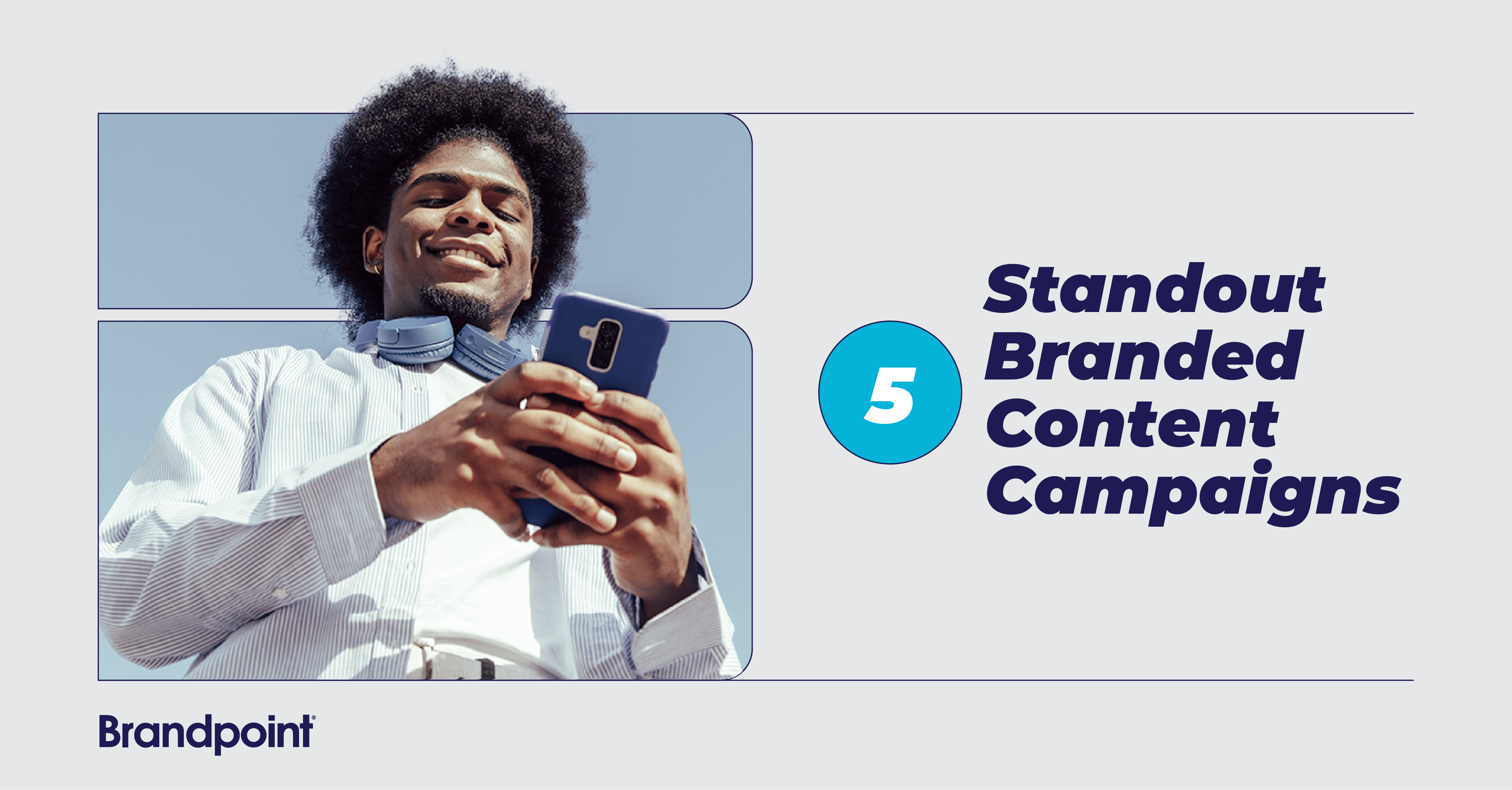
The PESO model is a powerful way to integrate PR and marketing strategies to reach and convert your audience at every channel and every stage of the sales funnel. While the PESO model is often applied to higher level marketing activities and campaigns, it can also be executed for much more granular efforts such as product launches.
Organizing your product launch in this way will help direct your attention to the details of each channel so you don’t miss a single opportunity to reach the people that truly matter to your business. In this post, I have created a sample PESO budget for a 3-month promotional product launch plan, from content development to distribution. Use this sample as a guide to bring PESO to life for your business.
Paid Media
Conduct research that provides the average CPC on many of the industry words that would be relevant to both your audience and your product. We suggest trying to get at least 30 clicks per day to provide enough data to make campaign decisions that are statistically significant. To break that down into financial terms, your business would be looking at about $9,000 in clicks and $840/month in management – and that’s just for Google AdWords. Expand into Bing, Yahoo, retargeting and other vertical display options, and the price could go up to $20,000 per month pretty quickly. But let’s say we’ll put this at $10,000 at the low end, and $20,000 at the high end.
[Read more: Get started using paid media for PR professionals!]
Owned Media
Here we want to build up your library of branded content to address each stage of the buyer’s journey, as well as the pre and post-sale stages. Be careful not make the content too biased or technical. A strong SEO plan will address things like blog content writing and beefing up existing page content for products or services, but additional budget will be needed for things like whitepapers, videos, eBooks and infographics.
For maximum impact, you are going to want all of your pieces well designed with both digital and print versions. Don’t skimp on the design –aesthetics matter! For the purpose of this discussion, let’s assume your campaign is fairly small, containing a series of four or five blog posts, a downloadable eBook or white-paper, an infographic and a series of six emails. This would put your content development budget at about $13,000 if you were to outsource these items. This also doesn’t include the assets for advertising or social conversations.
Earned Media
You may already have a PR firm working on your account, but if you don’t, consider adding a press release to your content creation mix. After the release is written you can syndicate it through a service, like BusinessWire or MarketWire. This could result in additional links pointing to your website (and if they are follow links, it will be great for SEO), as well as some media focused inquiries. The cost for this service varies depending on the distribution network you choose, but to be on the safe side, we will put the cost at $400.
[Read more: 5 Questions to ask when planning an earned media strategy!]
Shared Media
Some of the most powerful and underutilized ways that brands can mobilize their social followings is by monitoring and social listening on social networks, in groups and forums to see what the customer sentiment is for your industry. Also, keep a lookout for opportunities to engage in conversation, share a post or whitepaper, address a problem with potential solutions, and syndicate your content through these channels to make your brand more visible. Connecting with influencers on social media is another powerful way to generate demand for your new product. You might already have a social media company for this, but if you don’t, you will want to begin this process early and designate a team member and content creation resources to these efforts.
Calculating business value from your product launch content
So the total dollars allocated for the marketing mix to support this product launch is as follows, for a three-month time frame:
Paid Media: $10,000-20,000 per month
Owned Media: $13,000
Earned Media: $400
Shared Media: On staff
Total: $23,400 to utilize the PESO media model to launch a new product or service in the first month of the launch, and then $10,000 for the two months following the campaign. This would bring the campaign total to $43,400. This might seem like a big chunk of change, but let’s move downstream from the product launch and look at how we can begin to calculate actual business value from these dollars spent.
For Paid Media: Let’s assume that $10,000 per month on paid traffic should result in about 1,000 new visits to the site or landing page that was set up, assuming the CPC is around $10 per term. At a 0.5% conversion rate from visit to lead, we can plan to get 60 leads in a year. Let’s assume only half are actually qualified, so that gets us down to 30 qualified leads per year. Again, not taking into consideration the sales cycle, which could be over six months if you are in the B2B space, let’s assume that with our 20 percent lead to sale ratio, this channel could generate 6 new customers for the business annually.
Owned Media: You can use an SEO prediction model that will help you estimate the increased traffic flow of your brand’s website. SEO prediction suggests that we can increase the traffic flow of the website from 5,000 per month by 50 percent by the 12th month, resulting in a net increase in traffic of 2,500 more visits by the 12th month.
This would deliver an additional 15,000 visits to the site annually, which would translate to 20,000 visits, and a potential lead flow of 70 per year. If we use the same assumptions for qualified lead ratio and close ratio, this channel could generate about six additional customers for your brand.
For Earned and Shared media, it can be more challenging to attribute, especially if you are using a last touch attribution model. If you can try to take a look at using the Multi Channel Funnel option in Google Analytics to provide a better look at how these channels may be assisting in conversions downstream.
The PESO way
Every business and every campaign should utilize a multi-faceted strategy including paid, owned, earned and shared media, regardless of your size or budget for product launches in 2019. If you don’t have the budget and goals as I’ve laid out in this post, then start small, but have a strategy for all of the channels. Just running a social or PPC campaign on their own may not get you to the goals your brand has set.







